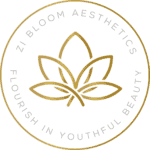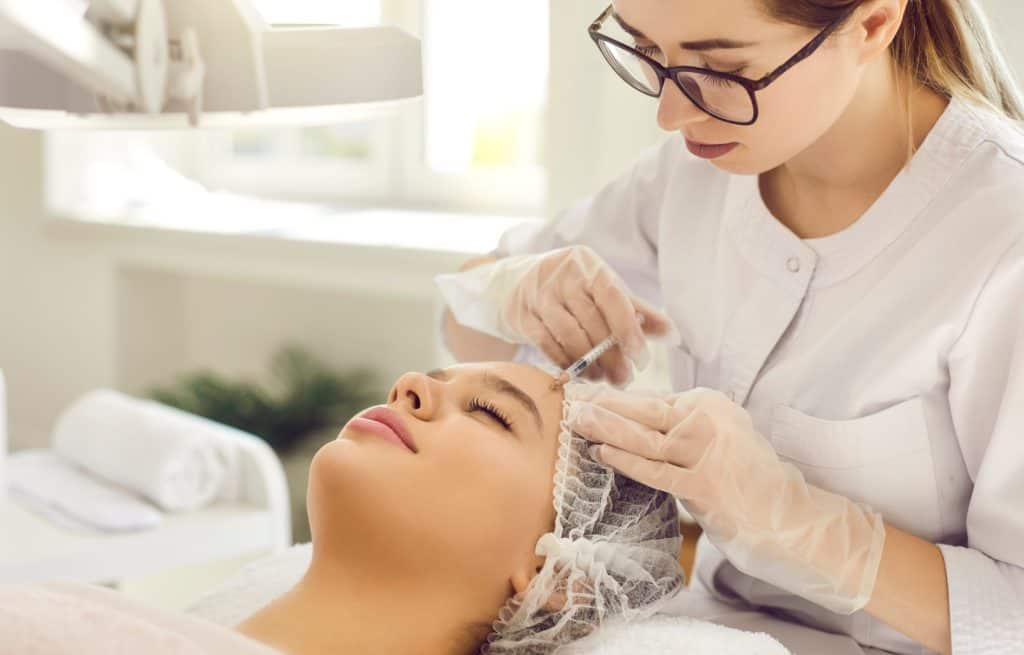Scars have long been an unwelcome reminder of past wounds and imperfections, impacting our self-confidence and sense of beauty. In pursuing flawless skin, individuals have sought various treatments, often with limited success. However, a revolutionary solution has emerged in recent years—the PRP facial.
Platelet-Rich Plasma (PRP) facials have taken the skincare world by storm, offering a powerful and effective method for banishing scars and enhancing overall skin texture. This cutting-edge treatment utilizes the body’s natural healing properties to stimulate skin regeneration and minimize the appearance of scars. If you want to know more about the treatment, this blog is for you.
Introducing PRP Facials
PRP facials have emerged as a revolutionary skincare and scar reduction approach. This section aims to provide an introductory understanding of PRP facials, explaining what PRP is and how it works to rejuvenate the skin.
PRP is a substance derived from the individual’s blood. It is rich in platelets, growth factors, and other beneficial components that are vital to the body’s natural healing process. In a PRP facial, a slight quantity of the patient’s blood is extracted and processed to isolate the platelets and growth factors from other blood fragments. The resulting PRP is then topically applied or injected into the skin.
The science behind PRP facials lies in the ability of platelets and growth factors to stimulate tissue regeneration and collagen production. When applied to the skin, PRP helps repair damaged tissues, promotes cell growth, and improves skin texture. It also enhances elastin production, a protein responsible for skin elasticity, leading to a more youthful appearance.
What sets PRP facials apart from traditional scar treatments is their ability to harness the body’s natural healing abilities. By utilizing the patient’s platelets and growth factors, PRP facials provide a safe and effective treatment option with minimal risk of adverse reactions.
Efficacy of PRP Facials in Scar Reduction
Numerous case studies and success stories highlight the transformative results achieved with PRP facials. Individuals undergoing PRP facial treatments report visible improvements in scar texture, reduced discoloration, and smoother skin. These firsthand accounts provide compelling evidence of the positive impact PRP facials can have on scar reduction.
Beyond anecdotal evidence, clinical research supports using PRP facials for scar reduction. Studies have demonstrated that PRP can stimulate collagen production and enhance tissue regeneration, which is crucial in scar improvement. Research findings consistently show that PRP facials significantly reduce scar depth, increase skin elasticity, and improve overall skin quality.
Comparisons between PRP facials and other scar treatments, such as laser therapy or chemical peels, further solidify the efficacy of PRP facials. While these alternative treatments have their merits, PRP facials offer distinct advantages. They harness the body’s healing abilities, resulting in a natural and holistic approach to scar reduction. PRP facials also have a lower risk of adverse reactions, making them safer for individuals with sensitive or reactive skin.
The Process of PRP Facials
The process of PRP facials involves several key steps that contribute to their effectiveness in scar reduction and overall skin rejuvenation. Understanding the procedure will provide insight into what to expect during a PRP facial treatment.
Consultation and Assessment
The journey begins with a consultation with a dermatologist or skincare professional experienced in PRP facials. During this initial meeting, the professional will assess the individual’s skin condition, discuss their concerns and goals, and determine if PRP facials suit their needs.
Blood Draw and Platelet Separation
If the decision is made to proceed with a PRP facial, a small amount of the individual’s blood is drawn, typically from their arm. The blood sample is then processed in a centrifuge to separate the platelet-rich plasma from other blood components. This centrifugation step concentrates the platelets, growth factors, and healing properties within the plasma.
PRP Application Techniques
Once the PRP is prepared, various application techniques may deliver the plasma to the skin. The most common methods include:
- Microneedling: A derma roller or microneedling device creates tiny punctures on the skin’s surface. The PRP is then topically applied and gently massaged into the treated area, allowing the plasma to penetrate the skin through the microchannels.
- Injections: The PRP may be injected directly into the skin for specific or targeted areas. The professional carefully administer the injections, ensuring the PRP reaches the desired depth for scar reduction and skin rejuvenation.
Follow-Up and Aftercare
Following the PRP facial treatment, the individual may experience mild redness, swelling, or sensitivity, which are temporary and typically subside within a few days. The skincare professional will provide detailed instructions on aftercare, including gentle cleansers, moisturizers, and sun protection. It is essential to follow these guidelines to optimize the healing process and maximize the benefits of the PRP facial.
Regular follow-up appointments may be scheduled to monitor progress, assess results, and determine the need for additional treatments or adjustments.
Potential Side Effects and Risks
While PRP facials are generally considered safe and well-tolerated, be aware of potential side effects and risks associated with the treatment. Understanding these considerations will allow individuals to make informed decisions and mitigate possible complications.
- Common Side Effects: Mild and temporary side effects may occur after a PRP facial. These can include redness, swelling, bruising, or tenderness at the injection or treatment sites. These side effects typically subside within a few days as the skin heals. Using ice packs or prescribed topical treatments can help alleviate any discomfort.
- Contraindications: PRP facials may not be suitable for everyone. Individuals with certain medical conditions, such as blood disorders, clotting disorders, or autoimmune diseases, may be advised against PRP facials. Additionally, pregnant or breastfeeding individuals are typically not recommended to undergo this treatment.
- Professional Qualification and Facility Selection: Selecting a qualified and experienced healthcare professional or dermatologist is paramount to ensure a safe and successful PRP facial. Verify the professional’s credentials, reputation, experience, and the establishment where the approach will be achieved.
Before undergoing a PRP facial, individuals should discuss their medical history, concerns, and expectations with the healthcare professional. This open dialogue will allow for personalized recommendations, informed decision-making, and the mitigation of potential risks.
Takeaway
Are you ready to experience the transformative power of PRP facials for scar reduction and flawless skin? Look no further than Zi Bloom Aesthetics, your trusted destination for cutting-edge skincare treatments. With our team of experienced professionals and state-of-the-art facilities, Zi Bloom Aesthetics is committed to helping you achieve your skincare goals. Contact and book our services today and see what the latest treatments offer!


